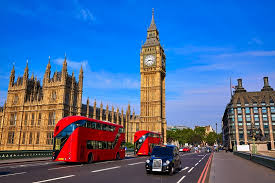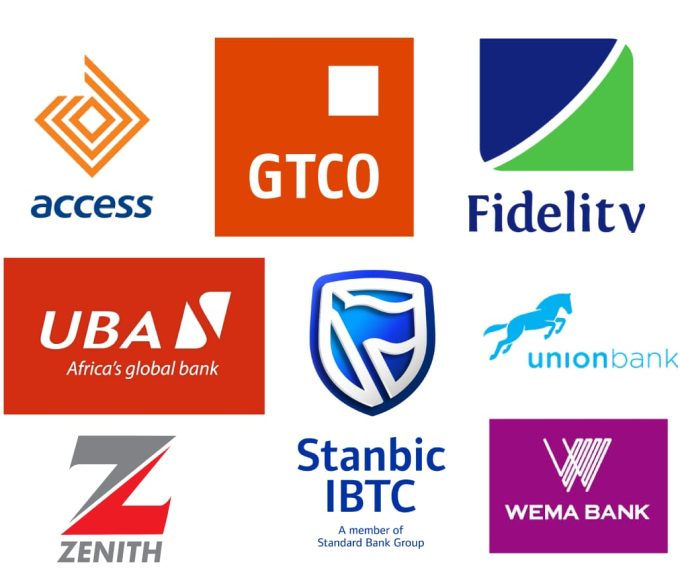
The UK’s inflation rate has reached the Bank of England’s target of 2% for the first time in nearly three years, according to official figures released on Wednesday. This marks a notable milestone, as the inflation rate fell from 2.3% in April to 2% in May, driven primarily by lower food prices.
Prime Minister Rishi Sunak said the economy had “turned a corner.” However, opposition leaders argue that despite this progress, many working people still face challenges due to higher mortgage rates and taxes.
Inflation had remained above the target for nearly three years, peaking at over 11% in late 2021. Despite this recent decline, the Bank of England is not expected to reduce its main interest rate from 5.25% due to ongoing concerns over underlying price pressures and wage increases.
The inflation reduction was influenced mainly by decreased regulated household energy bills and lower food prices, which dropped significantly from a 45-year high. Conversely, higher airfares contributed to less-than-expected declines in services price inflation. In May, services price inflation considered a key indicator of medium-term inflation risks by the Bank of England, was recorded at 5.7%. This was slightly down from 5.9% in April but still above economists’ expectations.
The recent fall in inflation is critical as the UK prepares for elections on July 4. The Bank of England, however, has indicated that while hitting the inflation target is essential, it is not sufficient for cutting interest rates. The Bank also predicts that the UK’s inflation may rise again to 2.6% later in the year.
Read more: Cargo From Oldest Deep-Sea Shipwreck Discovered Off Israel’s Coast
About The Author
Related Articles
Benin and Niger Relations Deteriorate Further as Diplomatic Expulsions Escalate
Diplomatic relations between Benin and Niger have sharply deteriorated following a series...
ByWest Africa WeeklyJanuary 5, 2026Nigerian Air Force Confirms Crash of CH-4 Combat Drone in Niger State
The Nigerian Air Force has confirmed that one of its CH-4 combat...
ByWest Africa WeeklyJanuary 5, 2026Mali Survive Shootout Against Tunisia, Set Up Senegal Showdown
Mali advanced to the quarter-finals of the Africa Cup of Nations after...
ByWest Africa WeeklyJanuary 5, 2026Nigerian Banks Shut Down 229 Branches as Cost Pressures and Digital Shift Deepen
Nigeria’s banking sector has witnessed a significant contraction, with commercial banks shutting...
ByWest Africa WeeklyJanuary 5, 2026












